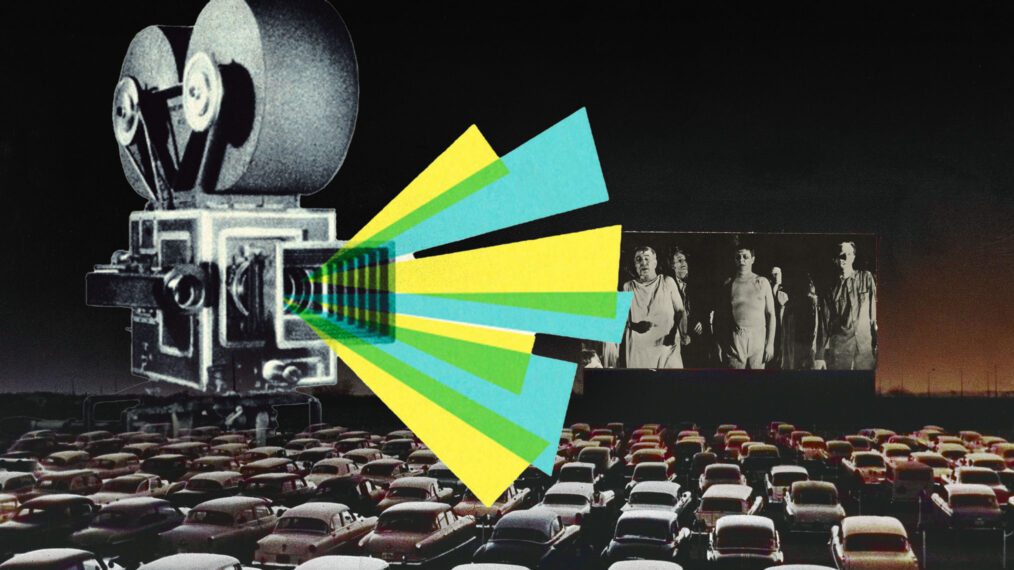Teenage Culture in the 1950s Was a Much Simpler Time

Poodle skirts and bobby socks. Greased-back ducktails and souped-up hot rods. Rockin’ ’round the clock to the tunes on a jukebox. Times were indeed a-changing for youth in the 1950s. Prior to that decade, the term “teenager” hardly existed, nor was adolescence even considered a separate stage of life by adults who expected their brood to be seen and not heard, to work like adults and to take life seriously. But in the economic boom that followed World War II, kids were more likely to graduate from high school than join the military or marry early. College was no longer out of reach for all but the wealthy. Part-time jobs and allowances from parents who’d lived through the Great Depression as well as a war, and wanted their children to have “a better life,” gave kids increased money to spend in their increased leisure time, which in turn led to increased independence…and, not surprisingly, to increased conflict between the generations. All this left parents wondering: What was the world coming to?
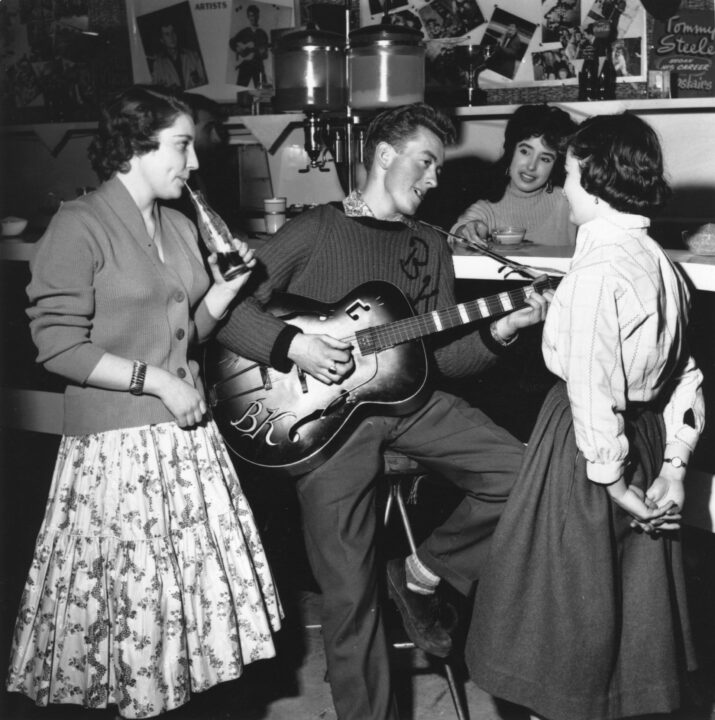
John Pratt/Keystone Features/Getty Images
Sure, plenty of kids still adhered to conservative values and fashions (think the “preppy” look of buttoned-down shirts and letter jackets, billowing circle skirts with multiple petticoats), finding entertainment in benign pursuits such as cards, board games and bowling. Yet a growing number of others were bewildering their elders by taking up smoking and wearing heavy makeup, endangering their lives in drag races, making out in back seats at the local drive-in. And they were, dancing to rock ‘n’ roll, which was, perhaps, the worst of all, because its suggestive lyrics, African-American overtones and aggressive backbeat had kids boogieing in a way undreamed of by parents who swayed to the satin tones of Perry Como and waltzed to the strings of a big band. As Frank Sinatra put it in 1957, rock ‘n’ roll was: “…the most brutal, ugly, degenerate, vicious form of expression – lewd, sly, in plain fact, dirty – a rancid-smelling aphrodisiac and the martial music of every side-burned delinquent on the face of the earth.” Sadly for Frank, as well as legions of moms and dads, rock ‘n’ roll was taking over the radio airwaves, and it was here to stay.
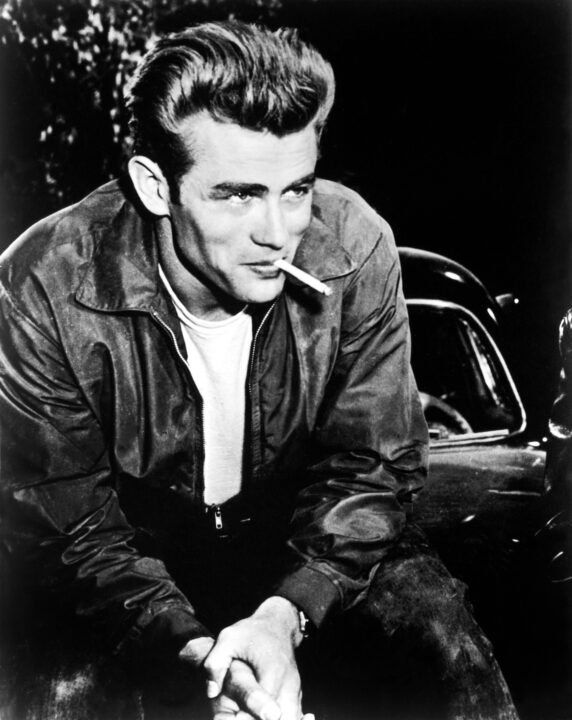
Everett Collection
Furthermore, marketers were growing to love what parents hated. Taking note of the buying power of teenagers, Hollywood began churning out films ranging from the juvenile delinquent-themed Rebel Without a Cause to B-movie fare like I Was a Teenage Werewolf. Drive-in cinema reached its peak in the ’50s, offering teenagers a place for privacy while Mom and Dad watched TV at home.
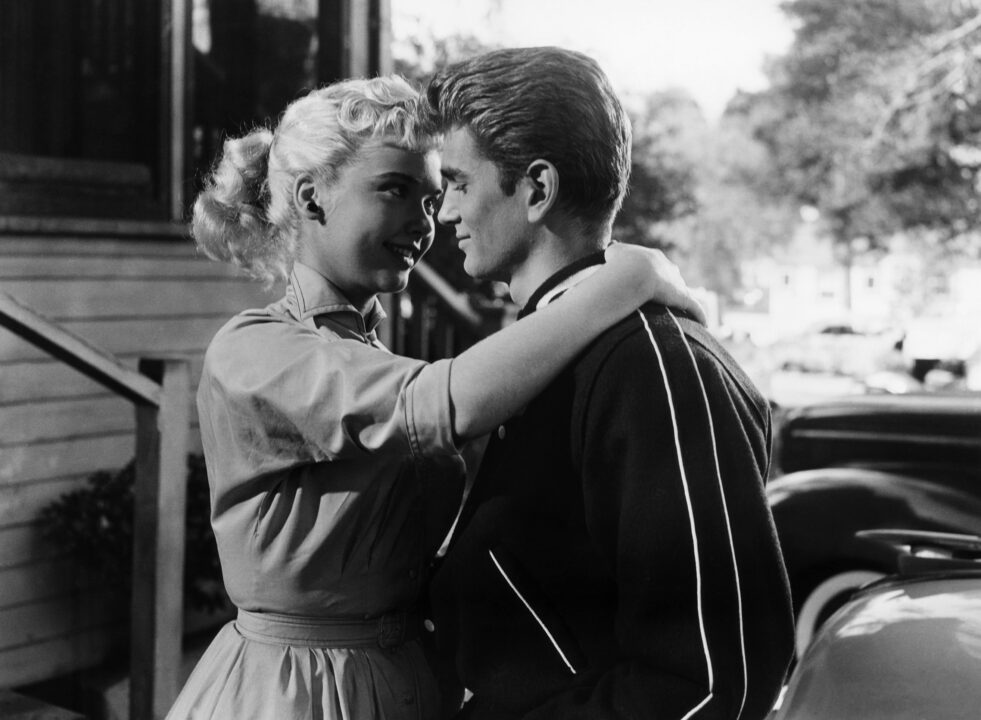
Everett Collection
Eventually, parents’ fears, for the most part, proved unfounded as the more radical and raucous elements of teenage rebellion smoothed after a few years of indulgence into the same path old-fashioned, out-of-touch parents had always taken. Teens grew up, married, and had kids of their own… Then, in just another few short years, were wringing their hands over the music and movies, incomprehensible slang and immodest fashions of the younger generation, recalling the innocence of their own carefree youth.
And wondering … What is the world coming to?
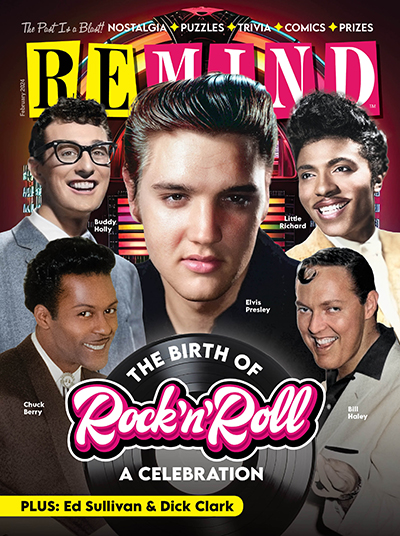
Birth of Rock 'n' Roll
February 2024
"Long live rock," we like to say, but how did it come to life? Revisit the memorable moments, music and movies that made teens go beat crazy back in the 1950s.
Buy This Issue
